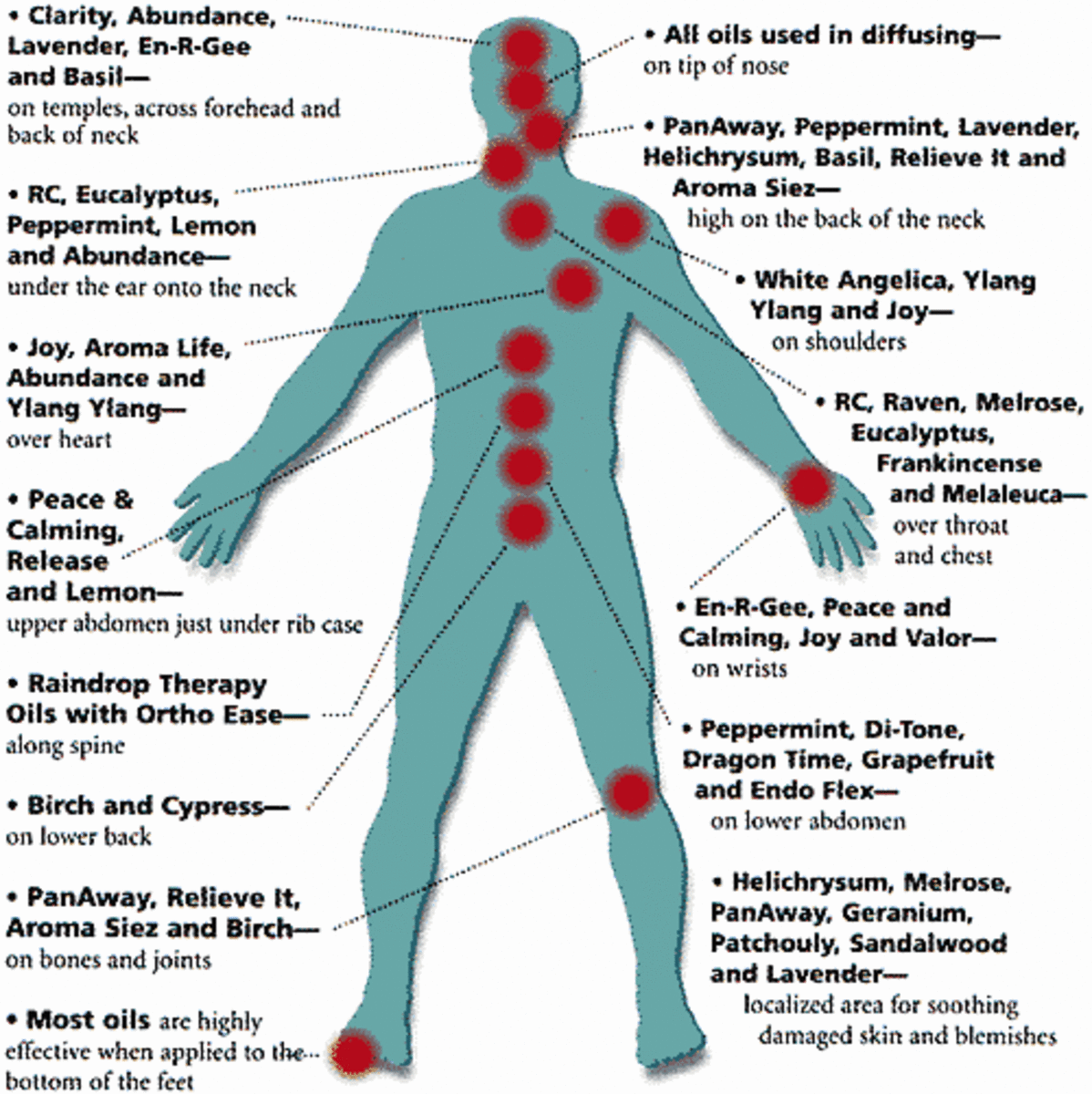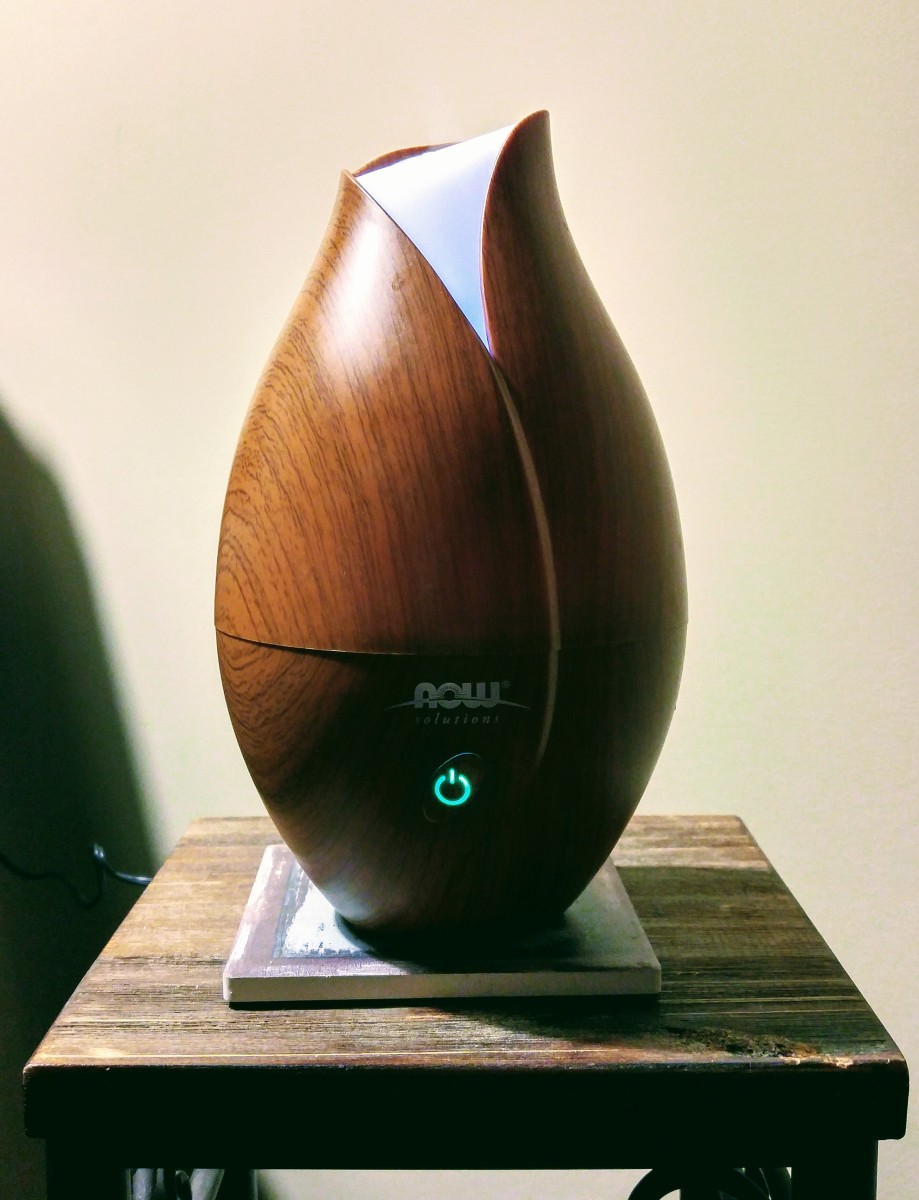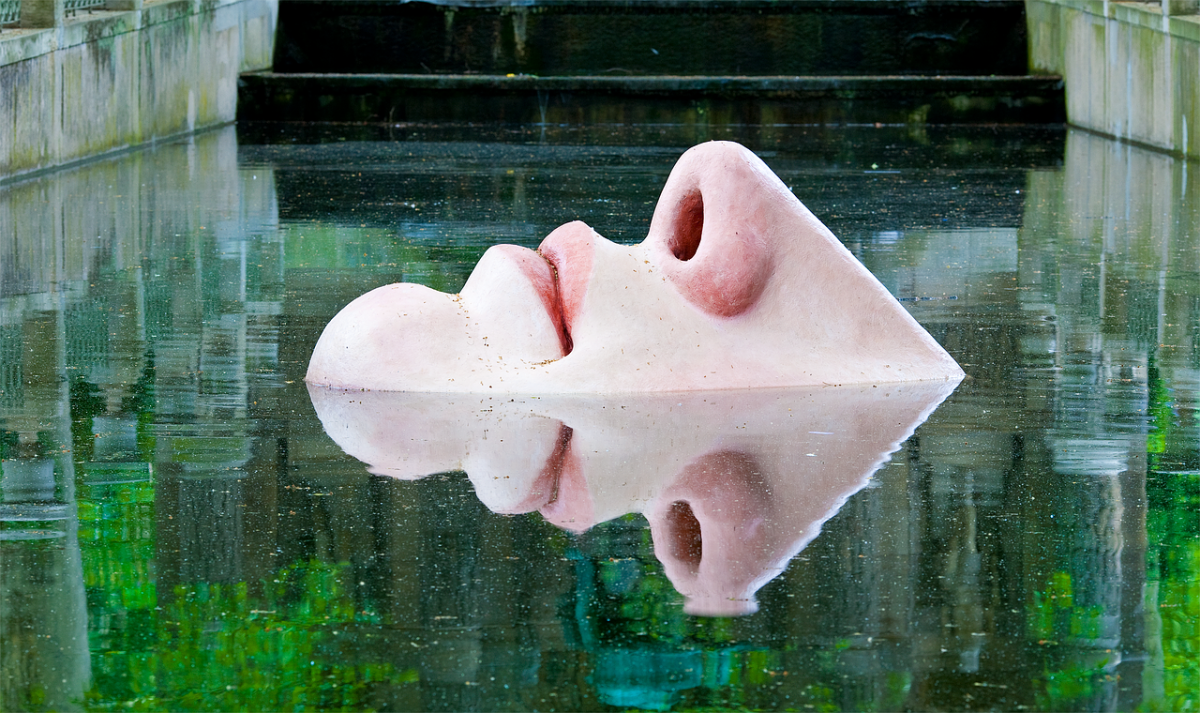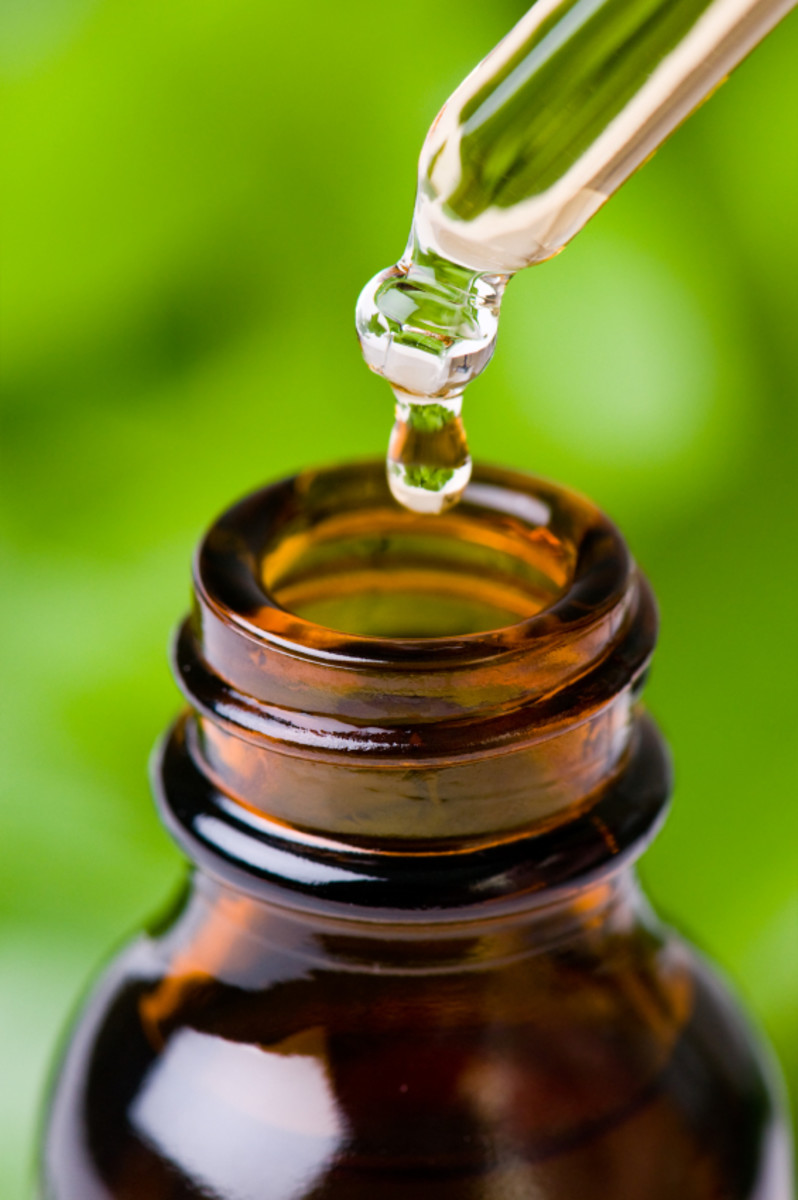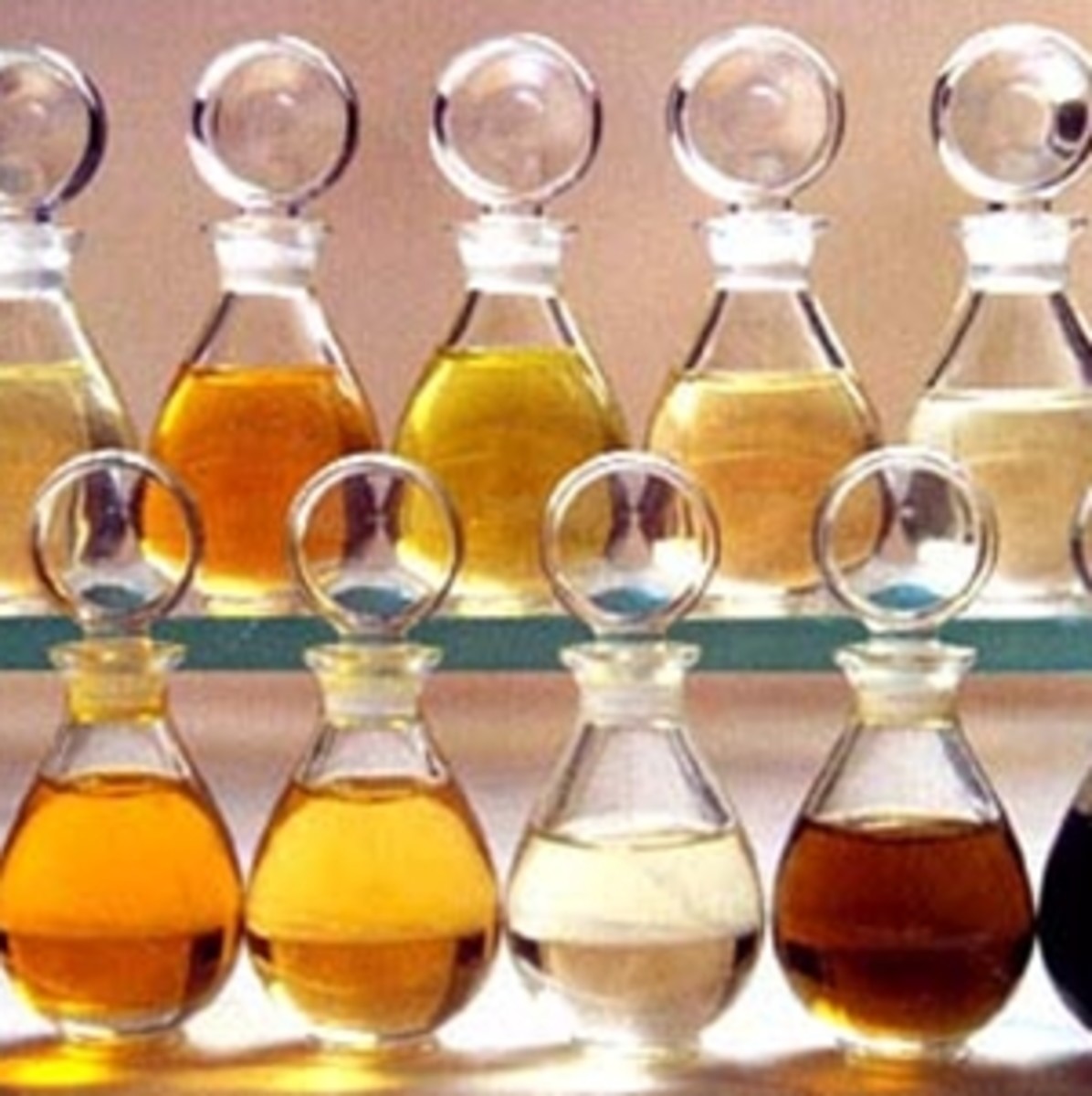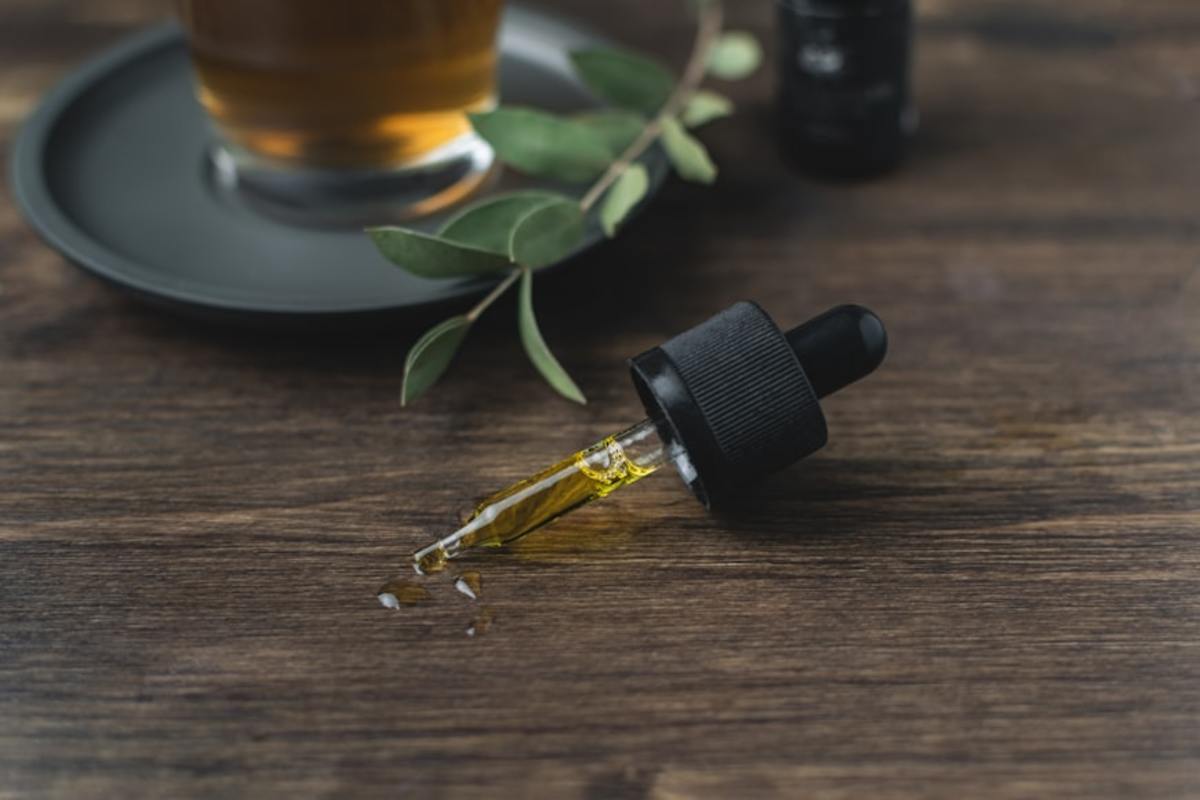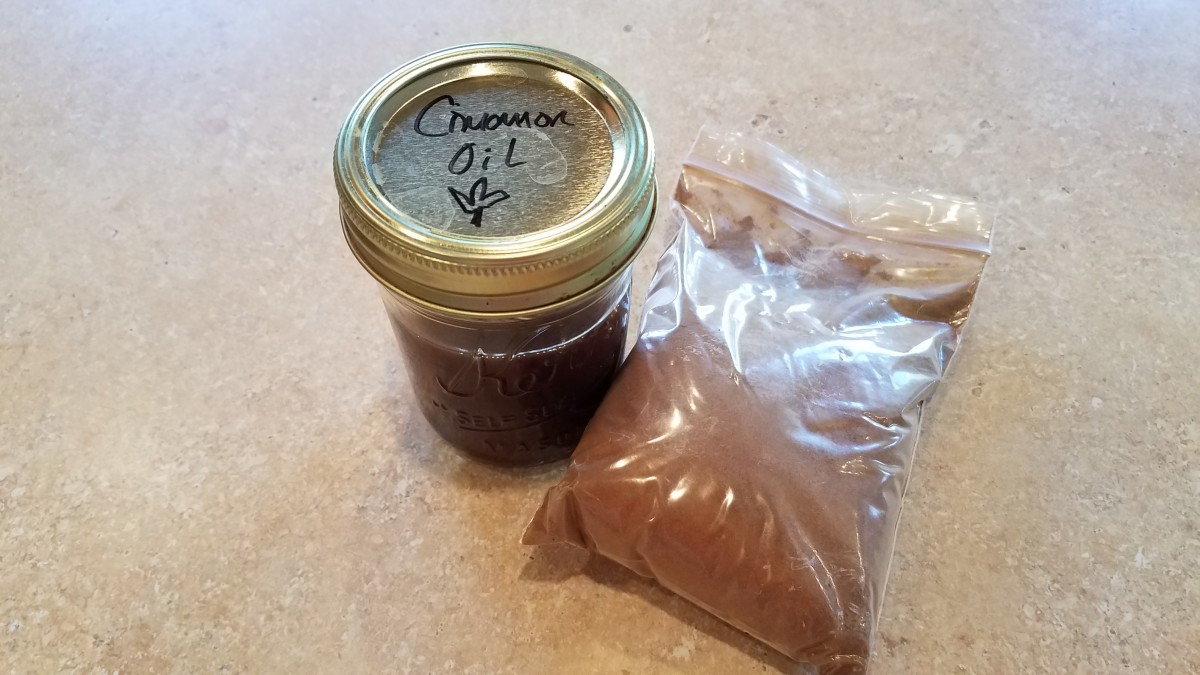- HubPages»
- Health»
- Alternative & Natural Medicine»
- Aromatherapy
How to Treat Fatigue with Aromatherapy

Fatigue is common in a world filled with lack of sleep and too much to do. Most of us reach for coffee or soda to treat it, but these solutions only worsen the problem in the end. Instead of reaching for the sugar or caffeine, a little aromatherapy might do the trick instead.
Energizing Essential Oils
There are quite a few essential oils available on the market, and many of them are used to treat fatigue in various ways. The following five oils are all popular and easy to find.
Grapefruit – Citrus paradisi
Grapefruit is a common part of breakfast, and is often used as a weight-loss aid. Its origins are a little bit of a mystery. The first known groves were cited in 1750. Because of its unique flavor and shape, it’s believed that these fruits were cross pollinated between two other plants. The pink grapefruit was better created along with many other varieties of grapefruit.
When used in aromatherapy, this sweetly scented essential oil lifts the spirits along with energy levels. Many people enjoy using it as part of their morning rituals. It’s also helpful in the treatment of anxiety and depression.
Because it’s known to interact with some medications, consult your doctor before trying it. If you use it on your skin, avoid sunlight for 48 hours, because it can increase sensitivity to UV rays.
Lemon - Citrus limonum
Lemon has a long history of use in healing, especially in parts of Asia and India.
It was used to treat and prevent scurvy in sailors. Today it’s popular in desserts everywhere, and some people put lemon juice in their hair before sitting out in the sun. This practice is an inexpensive way to add highlights.
In addition to its use as a hair product, it’s still used to strengthen immunity. Lemon oil is also very popular with students because it’s one of the best oils for preventing fatigue and sharpening focus. It’s also very helpful in encouraging circulation as well as treating both anxiety and depression.
Like grapefruit, it can cause the skin to burn more easily in the sun. That said, avoid direct sunlight for 48 hours to prevent skin irritation if you choose to use it in that way.
Tea Tree - Melaleuca alternifolia
Surgeons used tea tree oil as a disinfectant in 1920. It’s also been used for centuries as a cleaning agent for wounds and in dentistry. In Britain, teatree was once known as catheter oil due to its use in sterilizing catheters.
In addition to its highly antibiotic nature and ability to alleviate fatigue, it can act as an anti-inflammatory agent while boosting immunity in general. These properties contribute to its ability to lower blood pressure.
Unlike many essential oils, tea tree is usually safe to use on the skin without being diluted. However, allergy or sensitivity is always a possibility, so perform a patch test before topical use.

Black Pepper - Piper nigrum
Many years ago, monks used black pepper to maintain their stamina by chewing peppercorns before performing strenuous tasks. Although it’s native to Southwest India, it has been of great value all over the world. It’s rumored that Attila the Hun is rumored to have demanded hundreds of pounds of it before he would release the city of Rome.
Although it’s most popular in cooking, pepper’s medicinal qualities go beyond supporting stamina and energy. It increases lymph circulation and works as an anti-inflammatory. It also protects against infection in the respiratory tract and throat.
Take care when using this on the skin, because it may cause skin irritation. When using it in aromatherapy, you only need one or two drops at the most because it can have a powerful scent.
Lemongrass - Cymbopogan citratus
Lemongrass is native to India and has grown a great deal in popularity around the world. Because of its distinctly lemony flavor and aroma, it’s often used in recipes is a lemon substitute, because it will not curdle milk while baking.
Since this is a mild sedative, lemongrass, usually treats fatigue by helping you sleep better at night. It also treats fatigue by lessening stress levels and anxiety. Like many other energizing oils, it also acts as an anti-inflammatory and immune booster.
If you’re pregnant or under medical care, talk to your doctor before adding any sort of therapy to your current care.
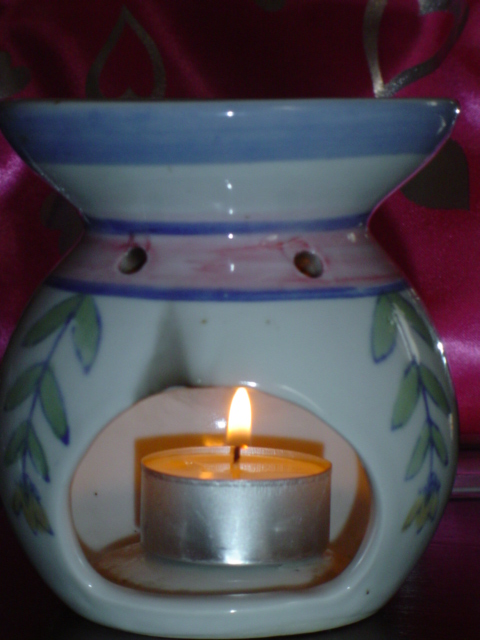
How to Use an Oil Burner
Oil burners are very easy to use. They’re made up of two basic components: the heat source, often a candle, and the reservoir. To use them, fill the reservoir with distilled water, and add drops of the essential oil into the water.
For fatigue, blend lemon and pink grapefruit for a citrusy smelling blend that will lighten the mood and energize the spirit. Use no more than four drops of each oil and let the burner do its work. Be sure to keep the water reservoir at a decent level. If the candle burns out before you’re done, simply replace it with another. To replenish the oil, add one or two drops at a time.
You can buy a burner either online and in certain grocery stores. Always use unscented tea candles in non-electric burners.
A beautiful essential oil diffuser
Different Types of Essential Oil Diffusers
Although there are electric essential oil diffusers available on the market, the nonelectric varieties work just as well. You can make your own or use premade clay product. This option is nice because you don’t need a candle or an energy source to use them.
I use mine when I’m suffering from a cold or insomnia, because I don’t need to monitor it while I’m sleeping. Just add a few drops of your preferred essential oils and let evaporation to do the rest.
Using Essential Oils on the Skin
You can also apply essential oils to the skin, but take care when doing this, as essential oils are very concentrated. Always blend them with the carrier like carrot seed, almond, olive, or vegetable oil.
Once you have your blend established, you can either dab a little bit under your nose or rub it into your chest. It can also be applied to pulse points.
To be safe, do a patch test by applying a small amount of blended oil to the inside of your arm. If irritation occurs, wash off the oil and use either a different blend or method of aromatherapy.
How to Make Your Own Massage Oil
Many massage therapists incorporate aromatherapy into their practices. Because they use lotions or oils to add more slip between their hands and their client’s skin, it makes sense to use essential oils as a part of their work.
If your massage therapist already does this, they probably either have of place to get pre–blended oils or how to make their own. However, you can make your own massage oils as well for use at home.
You need the following tools.
- A thin carrier oil, like carrot seed oil.
- Essential oil of your choice.
- Tinted glass bottle
There should always be more carrier oil in your blend then essential oil. When blending your oil, it’s best to have the essential oil be only around 3-5% of the finished product. I've seen some recipes which call for 10% of the essential oils, but usually less is more in this case.
Keeping your oil in a tinted glass bottle will delay the oxidation process which breaks oils down. Be sure to keep it in a cool, dark place. As you use it, transfer the remaining oil to smaller bottles to minimize air exposure.
Of the above oils, the best ones to use for massage are tea tree and lemongrass. It is possible to use lemon, grapefruit and black pepper for massage oil, but all of these have stronger possibility of skin irritation and photosensitivity. The best oils for massage are those with the least chance of side effects.
How to Use Essential Oils
Different Ways of Using Essential Oils
There are quite a few other methods of doing aromatherapy as well.
Spray Bottle
Using the spray bottle is an easy way to distribute the essential oils. Just blend a few drops of oil with water and shake thoroughly every time you use it. You can spray the air, furniture or clothing. Depending on the oil, this could also disinfect the area and eliminates unpleasant odors.
Cotton Balls
Apply a few drops of essential oil to cotton balls and keep them around your house or office for a gentle scent wherever you go. You can also carry the cotton ball with you in your pocket or bag.
Jewelry
Small bottles on chains have become popular charms over the past years. These tiny bottles can carry small amounts of essential oils, or little pieces of fabric with essential oils soaked into them. If you enjoy making your own jewelry, sewing a little charm bag and stringing it onto a cord is an easy project for anyone to do. You can then either put the essential oils on the fabric itself or on a cotton ball to keep in the little bag.
Bath
By including a few drops of essential oil with bath salts, you’ll be able to reap both the benefit of the aroma of the oils as well as soaking them into your skin directly. The warm water will also relax away sore muscles.
Regardless of what method you choose for the delivery of essential oil benefits, if you choose the right kinds of oils, you’ll be able to vanquish fatigue without the use of stimulants like caffeine or sugar.
© 2012 Emilie Peck



